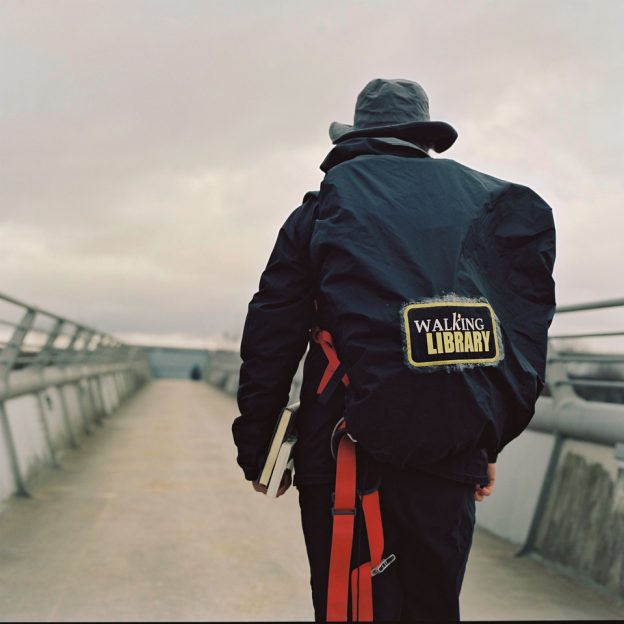Creative walking is a growing movement – and now there’s a call for practitioners who use walking in their work to contribute to an Artist’s Survey. Dee Heddon, of the Walking Artists Network and the Walking Library Project, tells us more
I have been interested in ‘creative walking’ for more than a decade. In 2008, I published a monograph called Autobiography and Performance. In one chapter of that book, I explored the relationships enacted in site-responsive performance between place and autobiography, reflecting on their entwined status; the self writing place and the place writing self. In researching work for that chapter, I was struck by the use of walking as a performance practice and then, within that, the infrequent references to women who created walking work. This prompted me to begin my own walking journey. Collaborating with scholar and artist Cathy Turner (founding member of the company Wrights & Sites), we interviewed ten women artists who used walking as a central resource in their creative practice. Our interviews were peripatetic in method: we invited each artist to take us on a walk of their choice, and as we walked together we talked about their work, their influences, their choice of walking as material, resource, practice and output. We also, inevitably, talked about the things encountered on our walk. Such is the joy of the peripatetic method. Our aim as researchers was twofold: to make (more) visible the walking work of women, and to attend closely to the work that this walking variously did. There were, we found out, lots and lots of women artists engaging in diverse walking art practices.
I was inspired by these women and their walking work, so much so that I decided to celebrate my 40th birthday by inviting 40 friends to take me on a walk of their choice. It took me some five years to gather them up. I walked along beaches, cliffs, parks, streets, rivers, up mountains, in a swimming pool, across cities, and through the Paris Arcades. What a gift! 40 Walks was about walking and friendship, walking as an act of conviviality and companionship.
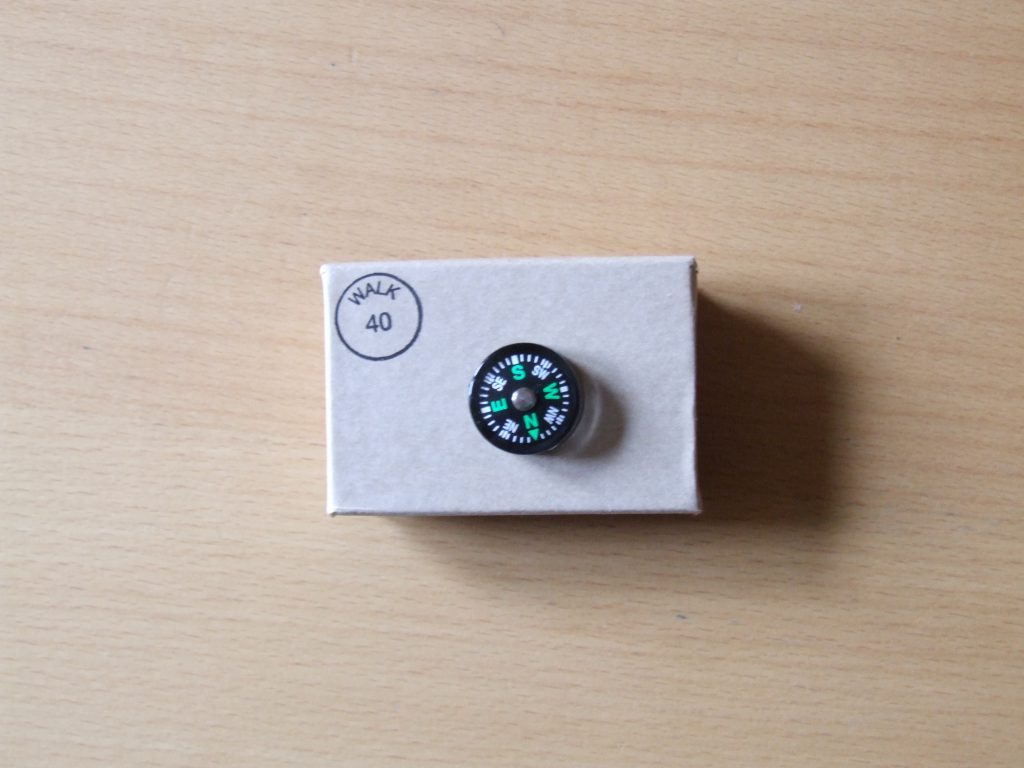
My walking journey has continued with the launch, in 2012, of the first edition of The Walking Library, an ongoing research collaboration with Misha Myers (Deakin University). The Walking Library is a library filled with books which have been suggested as good to take on a walk and which are then walked. Each edition we have curated responds to a particular context, a specific walk. For example, following on from the research on women artists who use walking in their practice, we created in 2016 a Walking Library for Women Walking, as part of the Walking Women festival curated by artists Clare Qualmann and Amy Sharrocks. This Library contains more than a 130 donations of books gifted in response to the question: “What book would you recommend to a woman going for a walk; a book that might provide excellent company, inspiration, solace, advice, humour, information…?”
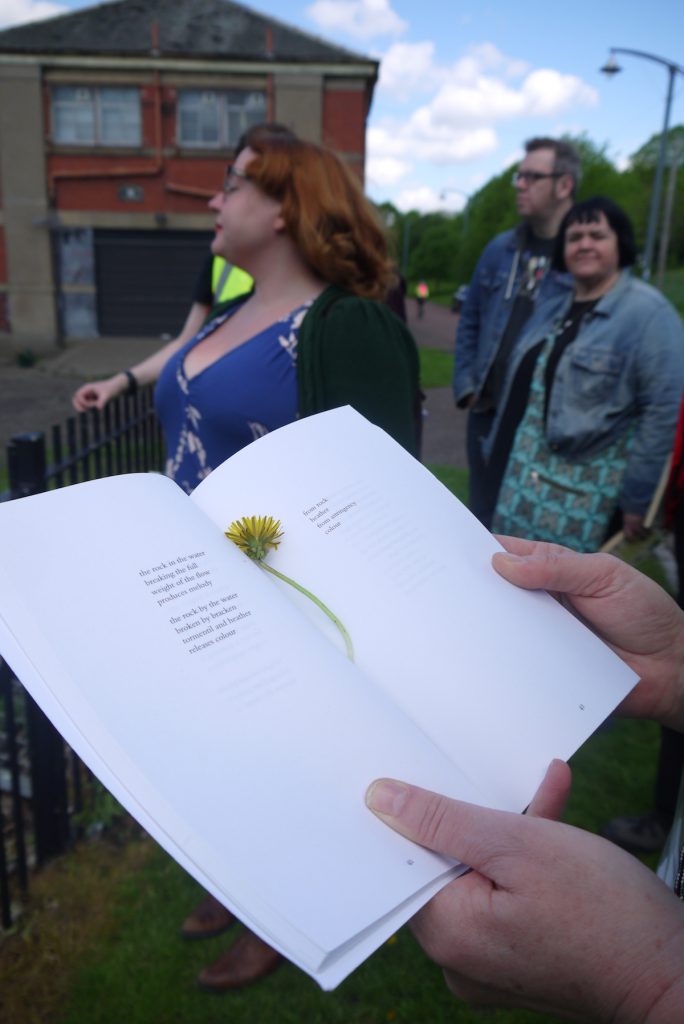
Participants invited to browse the shelves of our Walking Library and select a book that they would like to walk with. As we walk together in a small group, we allow book and environment to exist in relationship, sharing with each other extracts from our carried companions whenever we feel a particular resonance (or illuminating dissonance). On a packed Embankment on a sunny day, Anna, one of our walking participants, stops us to share a passage from Virginia Woolf’s wonderful short essay, ‘Street Haunting’:
No one perhaps has ever felt passionately towards a lead pencil. But there are circumstances in which it can become supremely desirable to possess one; moments when we are set upon having an object, an excuse for walking half across London between tea and dinner.
In Parliament Square, Helen reads from Doreen Massey’s book, for space:
In spatial configurations, otherwise unconnected narratives may be brought into contact, or previously connected ones may be wrenched apart. There is always an element of ‘chaos’. This is the chance of space; the accidental neighbour is one figure for it.
Given my research on walking, you might say I have an enduring interest. Recently, though, walking has felt like something to be endured. Over the past year, like many, I have walked a lot. Walking has been one of the few things permitted, even if in the first lockdown the walk was restricted to the hyper-local, and for most of the year, in Glasgow at least, bound to the boundaries of the city. At first, I felt frustration at being tied to the urban-local. Then resignation. Then a sort of enchantment at what an attention to the local revealed. Then a sense of boredom. Then a recommitment to look harder, find new routes, new angles, new perspectives. My walking has been moody. Sometimes though, there have been moments of joy as the familiar walk is injected with surprises – coloured stones with messages left to be found; posters pinned to trees with uplifting slogans; funny texts scrolled in chalk on pavements; windows decorated with magical, enchanting scenes. That sense of a stranger reaching out, making connections, has put the spring back into my tired steps.
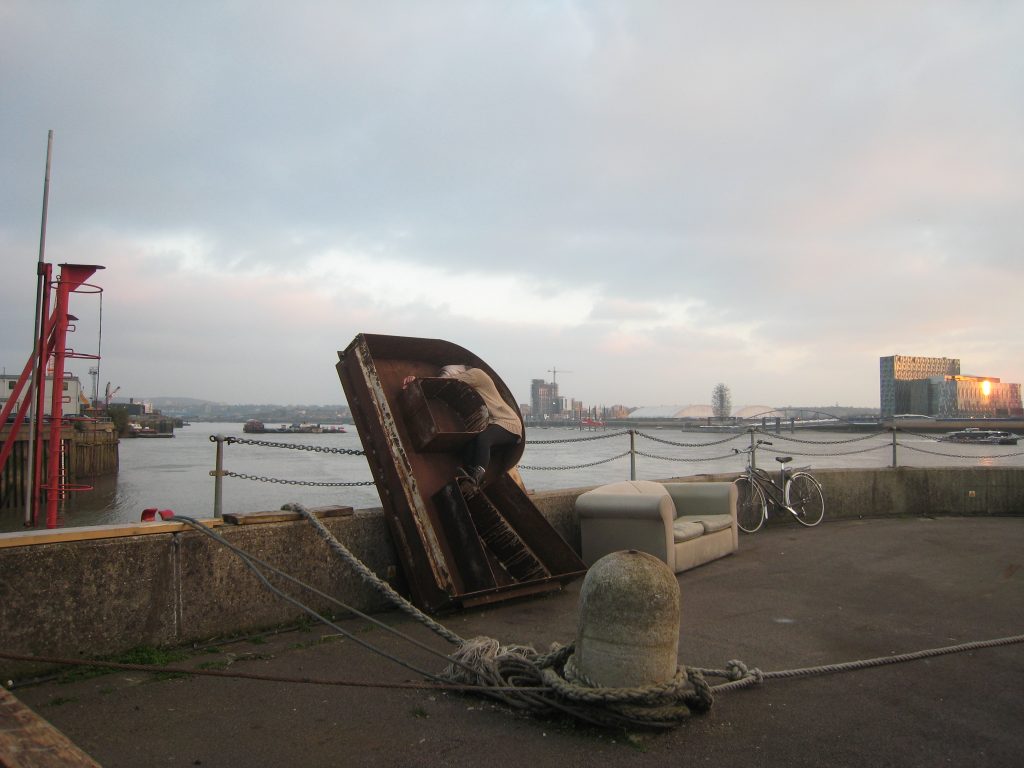
So too has the walking work created by artists. In the first shock of the first lockdown, Louise Anne Wilson’s Walks to Remember During a Pandemic: With Memory I Was There (2020) offered a sort of soothing solace, as I sketched out, from memory, my favourite walk, picturing in my mind’s eye the curve of the road, the hill, the spectacular view over the islands, the blues of the sea. My memory took me there. Sonia Overall’s ‘DistanceDrifts – Walking Together Apart’, hosted by the artist every Sunday, have utilised generative and generous series of creative prompts (e.g. ‘look for blue moons’) to connect people virtually and orient us towards the unseen, overlooked or under-appreciated. I have traversed seemingly familiar streets with wide eyes, a big grin, and a sense of awe. I am deeply grateful for the ingenuity of the many artists who have adapted their walking work for the COVID-19 context, creating pathways for community-building in spite of physical distancing, or routes of escape from the trudge of the daily walk. I am also watching with interest as artists from across all sorts of practices now take up, and take to walking; walking as something to play with and explore, a means to create work that can be encountered and engaged with safely. It’s striking how many walking works have been commissioned by arts festivals across the UK this summer. There’s a pedestrian turn in the air.
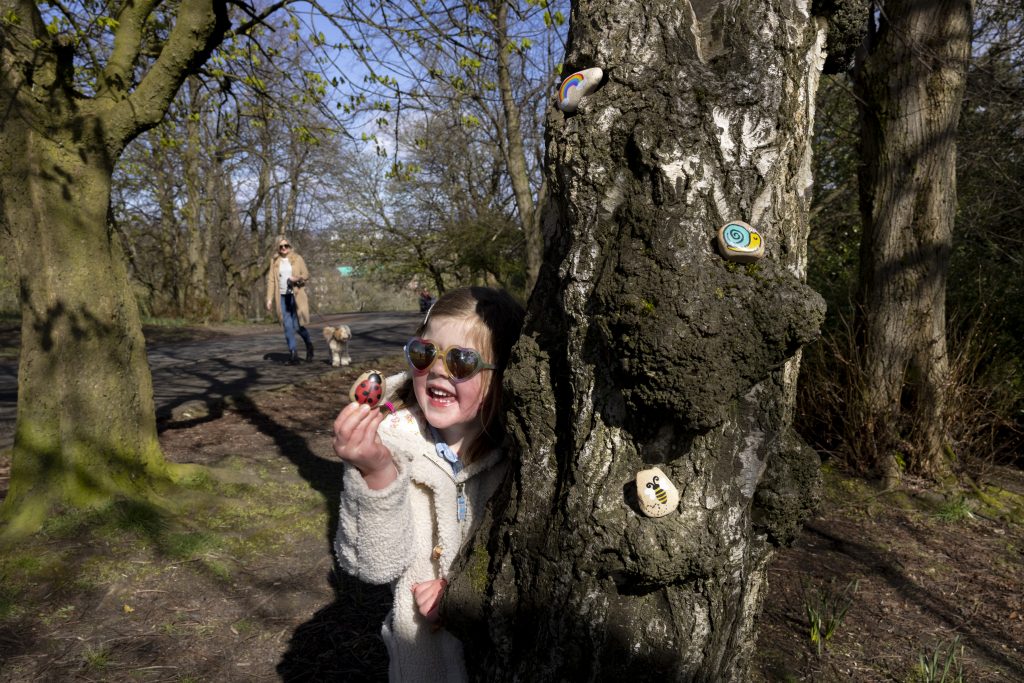
My interest in walking experiences during Covid-19 has been given welcome substance. I am leading a research project funded by the Arts & Humanities Research Council, ‘Walking Publics/Walking Arts: walking, wellbeing and community during Covid-19’. Working with a team of artist-researchers who share a walking arts practice (we are all members of the Walking Artists Network, founded by Clare Qualmann in 2014), we are exploring the potential of the arts to sustain, encourage and more equitably support walking during and recovering from a pandemic. We want to know how UK-based artists have used walking over the past year, and what can we learn from them? How can their expertise be shared to support more people, and more diverse people, to enjoy walking?
If you have used walking in your work, please do help us by completing our Artists’ Survey, which is open until 21 May 2021. This, along with further information about the research, can be accessed at www.walkcreate.org
As part of the project, we will also be developing a virtual gallery, to showcase the diverse walking work that artists across the UK have made.
If you haven’t used walking in your arts practice, we hope you might complete our Public Survey, also available at our project website and also open till 21 May 2021.

All photos courtesy of the artist/writer
Dee (Deirdre) Heddon holds the James Arnott Chair in Drama at the University of Glasgow.
The ‘Walking Publics/Walking Arts’ research team are Dee Heddon, Professor Maggie O’Neill, Clare Qualmann, Dr Morag Rose and Dr Harry Wilson. For more on the research project and survey, see www.walkcreate.org
For Dee Heddon’s Walking Library Project, see https://walkinglibraryproject.wordpress.com/
For more about 40 Walks, see: https://40walks.wordpress.com/about/
Walking Artists Network, see http://www.walkingartistsnetwork.org/
Other resources:
This is Live Art, Walking Women: https://www.thisisliveart.co.uk/resources/walking-women-2017/
Walking Women: Interviews with Artists on the Move, Performance Research, 15.4, December 2010
Women Walking, Shifting the Tales and Scales of Mobility, Contemporary Theatre Review, 22.2, 2012
Walking and Friendship, in Performance Research, themed edition On Foot, 2012
Louise Ann Wilson: https://www.louiseannwilson.com/work/walks-to-remember-during-a-pandemic-with-memory-i-was-there
Sonia Overall: http://www.soniaoverall.net/events/distance-drifts/
Wrights & Sites: http://www.mis-guide.com/

